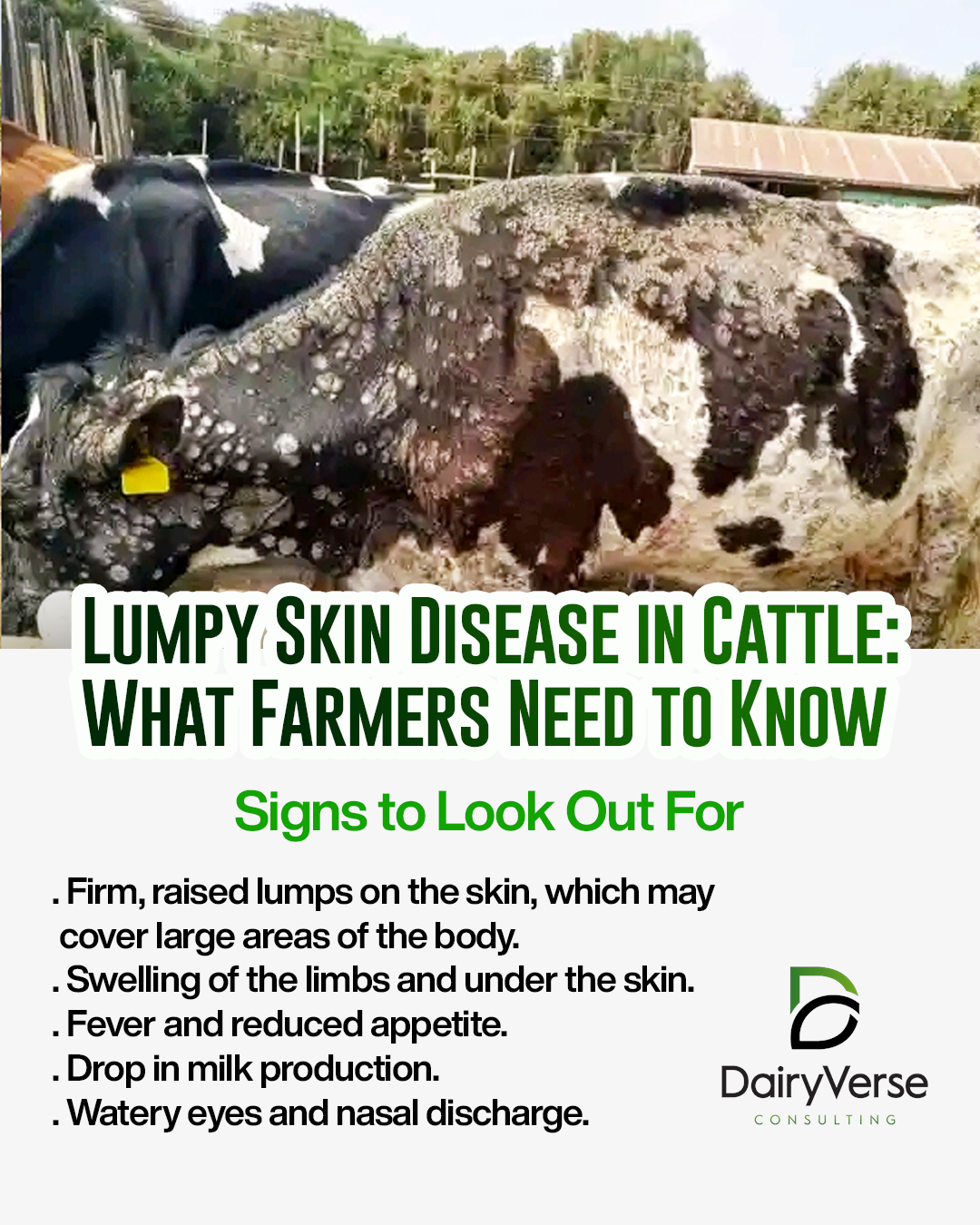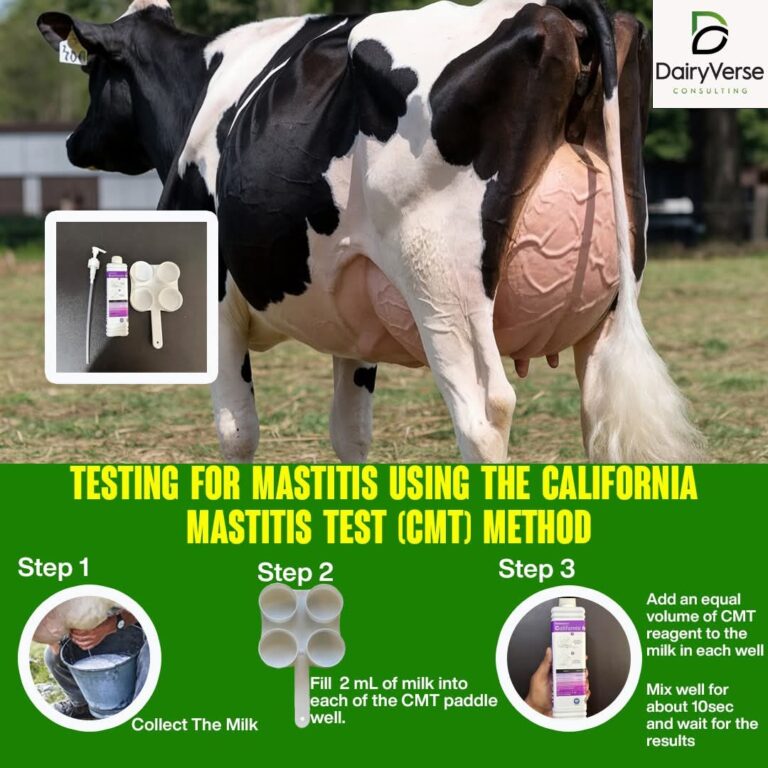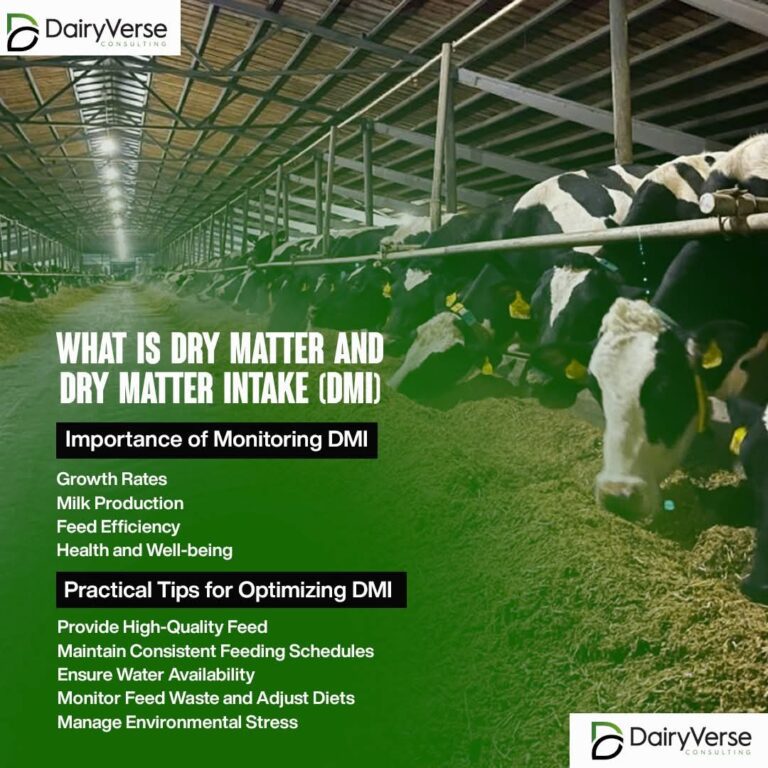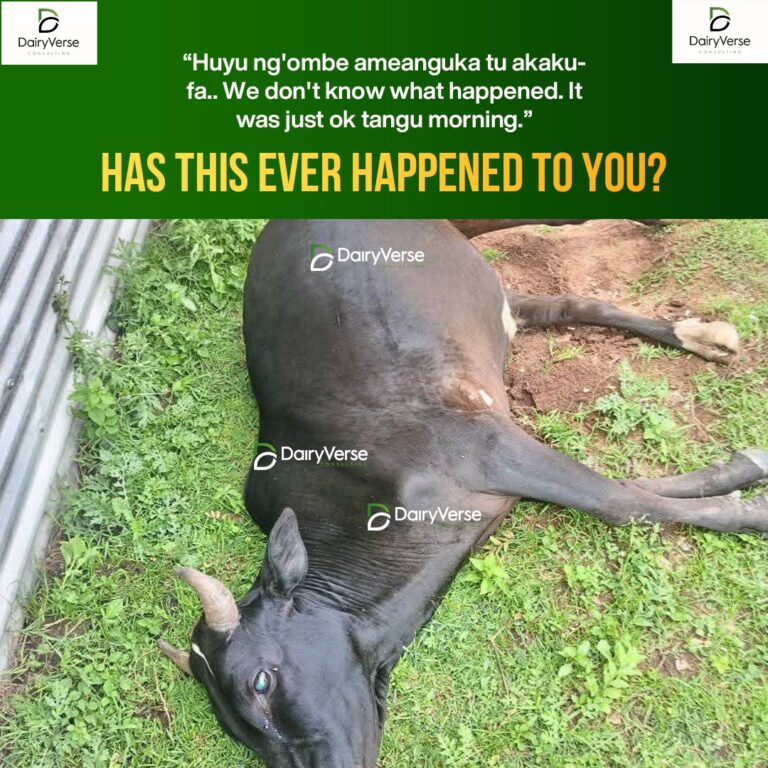Lumpy Skin Disease in Cattle: What Farmers Need to Know
What is Lumpy Skin Disease?
Lumpy Skin Disease (LSD) is a contagious viral disease affecting cattle, characterized by the appearance of firm, round skin nodules all over the body. It spreads rapidly through biting insects such as mosquitoes, flies, and ticks, and can also spread through contaminated equipment, feed, or direct contact with infected animals.
Signs to Look Out For:
- Firm, raised lumps on the skin, which may cover large areas of the body.
- Swelling of the limbs and under the skin.
- Fever and reduced appetite.
- Drop in milk production.
- Watery eyes and nasal discharge.
- General weakness and reluctance to move.
Why It’s a Problem:
LSD affects productivity — infected cows produce less milk, lose weight, and their hides become damaged. In severe cases, it can lead to death, especially in weak or young animals.
Solutions & Control Measures:
- Isolation:
Immediately separate infected animals from healthy ones to prevent spread. - Veterinary Intervention:
- There is no direct cure for LSD, but supportive care helps in recovery.
- Your vet may recommend antibiotics to prevent secondary bacterial infections.
- Anti-inflammatory drugs can reduce pain and fever.
- Vaccination:
The most effective way to control LSD is through timely vaccination of the herd with an approved LSD vaccine. - Vector Control:
- Regular spraying with acaricides and insect repellents to control ticks, flies, and mosquitoes.
- Maintain clean, dry animal housing to discourage insects.
- Nutrition & Support:
Provide balanced, high-quality feed and plenty of clean water to help infected cows recover faster.
Prevention Tip:
Vaccinate your animals annually and maintain strict farm hygiene. Avoid bringing in animals from unknown sources without proper health checks.







